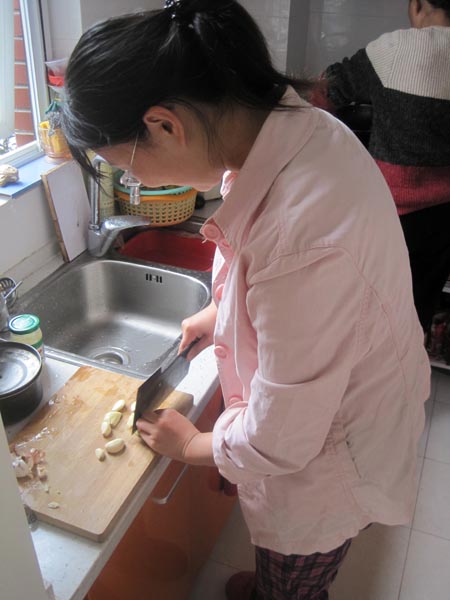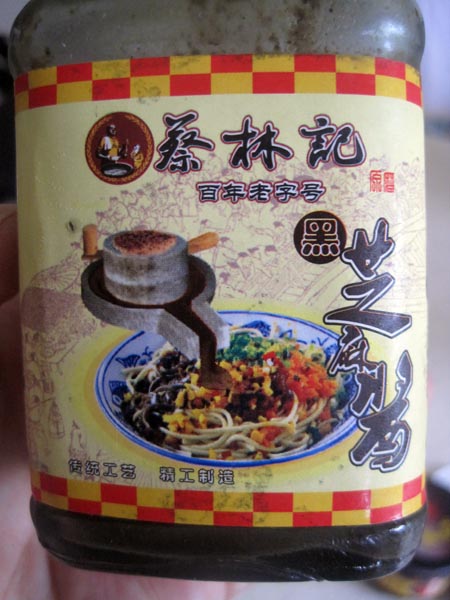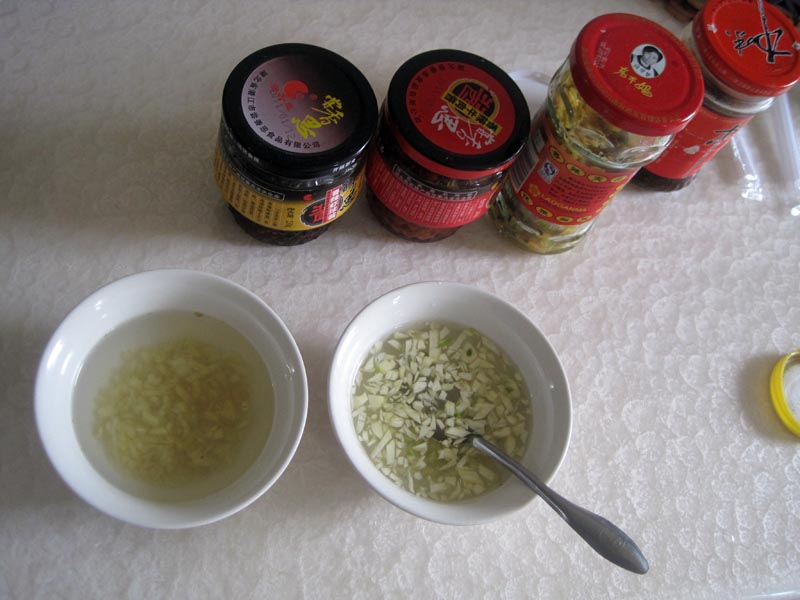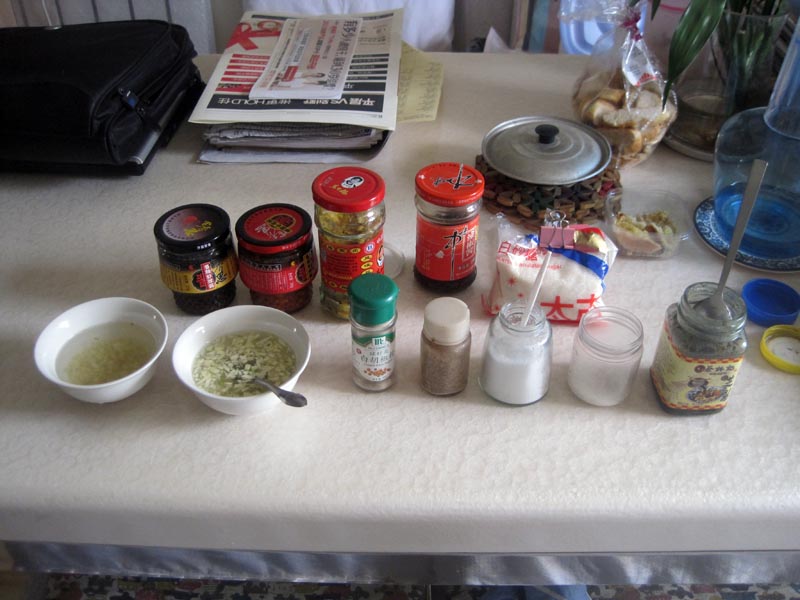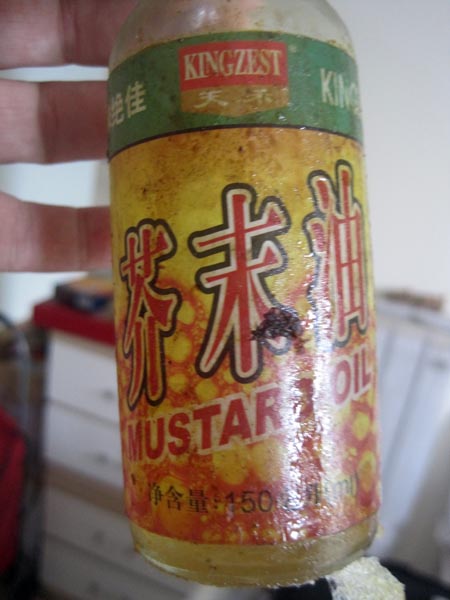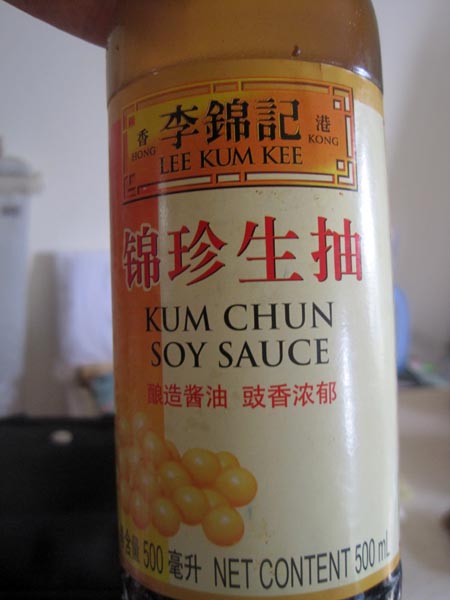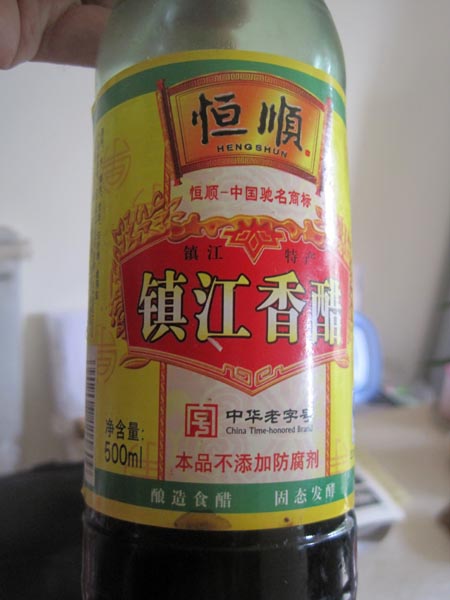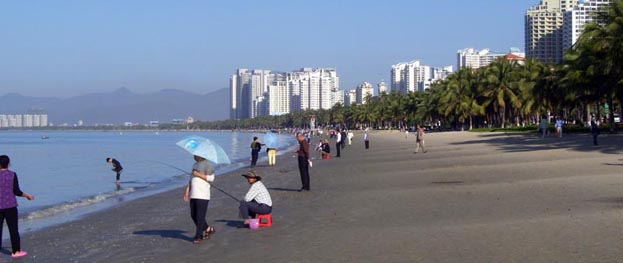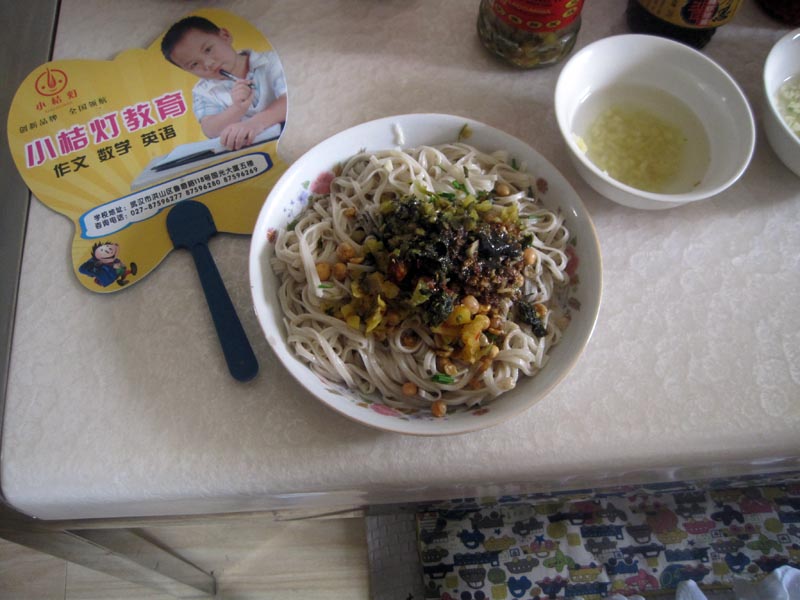 Wuhan is famous for its traditional cuisine and one of the most popular dishes is “re gan mian” – hot dry noodles. It is made of noodles and a mixture of sauces and dried vegetables. It is one of the main breakfast staples in the city and is widely available in shops and on the street, especially in the early morning hours. It is served traditionally in paper bowls, then the sauce and dried vegetables are placed on top of the noodles. The customers mix the noodles and ingredients with their chopsticks before eating. Re gan mian is usually bought by people on their way to work.
Wuhan is famous for its traditional cuisine and one of the most popular dishes is “re gan mian” – hot dry noodles. It is made of noodles and a mixture of sauces and dried vegetables. It is one of the main breakfast staples in the city and is widely available in shops and on the street, especially in the early morning hours. It is served traditionally in paper bowls, then the sauce and dried vegetables are placed on top of the noodles. The customers mix the noodles and ingredients with their chopsticks before eating. Re gan mian is usually bought by people on their way to work.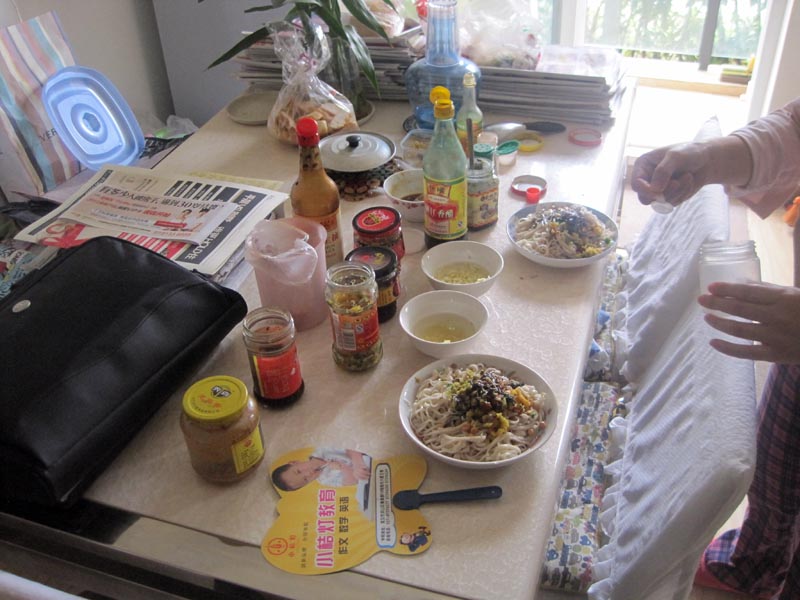
This past weekend, Nancy and I went to a local friend’s place for breakfast and were shown how to make this delicious concoction by her and her mom. Every Wuhan family has their own variation but all the recipes have a common theme; noodles, sauces and dried vegetables. Here is their version:
1) Noodles can be purchased dried or fresh. Dry noodles are prepared the same as any western variety, for the most part. Boil them in slightly salted water until soft, strain, and place in a wok. Add a tablespoon or two of vegetable oil and stir to prevent the noodles from sticking to each other. Cool down the noodles by fanning for a couple of minutes.
Or
Add fresh noodles to a pot of boiling water for a minute or so until hot, remove and strain, etc.
2) In the meantime, peel and chop 5 or 6 large cloves of garlic into small pieces and place in a shallow bowl. Add cold water until covered along with a quarter-teaspoon of salt.
3) Chop a few tablespoons of fresh ginger and also place in a small bowl. Cover with water. Do not add salt to this water.
4)Chop up a few chives.
5) Divide the noodles into individual serving bowls to prepare for the addition of all the sauces and garnishes.
To each bowl add the following:
2 tsp chopped chives
2 tsp Chinese pickles
1 tsp Chinese black vinegar
1/2 tsp of sugar
1 tsp of mustard oil
2 tsp of soy sauce
2 Tbsp of garlic mixture
2 Tbsp of ginger mixture
1 Tsp of each of the other sauces I have pictured
salt and pepper to taste
pinch of MSG (optional)
Nothing is ever measured here so all of the above additions are only guidelines. You can increase or decrease each according to personal taste.
7) You have two choices for the main sauce; sesame sauce or peanut sauce. The sesame paste is pictured below. The peanut sauce jar looks the same but different characters 🙂 The bottles originally have oil on the top but once they have been used a bit, you will need to add a bit of vegetable oil to the bottle and stir to soften the pastes. The paste will become quite solid after it has been stored for awhile. Soooo..add oil a little at a time and stir the top of the jar until you can scoop out a couple of tablespoons of sauce that have a creamy consistency and add to the noodles along with everything else.
8 ) Once everything is in the bowls, stir with chopsticks and serve!
If you are in China or Asia, you can probably find these exact ingredients or something very similar. For those of you in other parts of the world, many of these ingredients, or substitutes, can be found in Chinese grocery stores.
Any comments or additions by experienced Re Gan Mian cooks would be welcome. This is the best I could do with my one-time demonstration :).